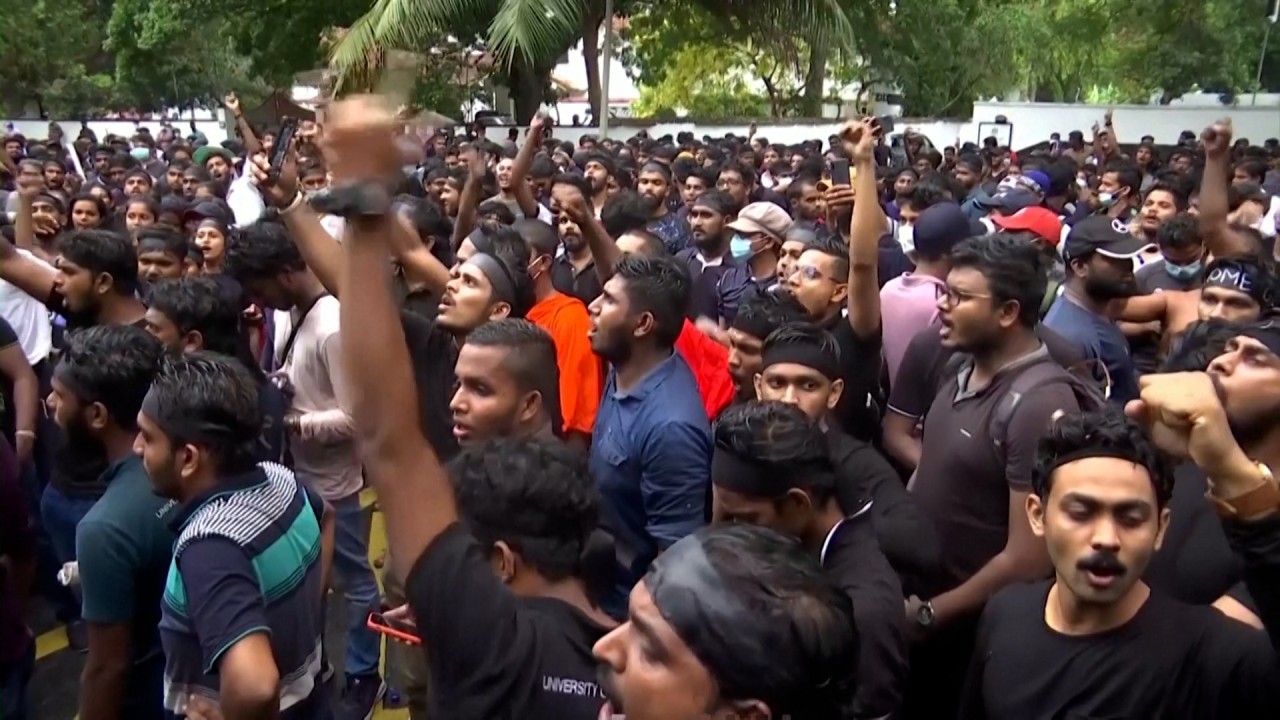
Nepal’s economic woes, following Sri Lanka’s crisis, turn up the heat on China’s belt and road loans
- Critics warn that Nepal risks being another indebted country facing economic ruin if it accepts loans from China, in the wake of the Sri Lanka’s debt troubles
- In Nepal, the Chinese infrastructure initiative is increasingly seen in the context of US-China rivalry
Adding to the troubles are the disagreements between Nepal’s finance minister and its central bank governor, which came to a head on April 8. Maha Prasad Adhikari, governor of Nepal Rastra Bank, the central bank, was suspended by the government on the charges of leaking sensitive information and failing to effectively fulfil his responsibilities. However, former finance ministers have come together to condemn the move, which they say is a smokescreen to hide the government’s inability to perform.
Coming under increasing scrutiny is a policy that many believe to be the epicentre of these woes. China’s flagship Belt and Road Initiative, announced in 2013, has led to greater Chinese investment in Asia. It was meant to help build infrastructure to allow developing countries to grow quickly and establish themselves as middle-income economies. It also marked China’s growing influence in the region.
In 2017, Nepal and China signed a memorandum of understanding to cooperate over the Belt and Road Initiative. Other big contracts were also signed in countries such as Sri Lanka, Cambodia, Pakistan and Malaysia.
The term “debt-trap diplomacy” was coined during Donald Trump’s presidency, and it marks the West’s growing unease with China’s widening sphere of influence in this region. Detractors who are deeply suspicious of China’s intentions argue that debt-trap diplomacy has the potential to put borrowing nations in a tailspin.
Why Western narrative of China’s ‘debt trap diplomacy’ is another big lie
They point out how these policies can even affect other nations in the region that haven’t directly borrowed from China, but must reach out in humanitarian support in times of crisis. A recent case in point is how India extended a US$1 billion credit line to crisis-hit Sri Lanka.
Belt and road spending in developing countries has raised serious concerns about how practical this initiative is and whether it is just a means of furthering China’s burgeoning influence. Borrowing too much, expanding too quickly and sinking money into unprofitable ventures, such as the building of infrastructure, is seen as the undoing of many Asian developing nations now and widely regarded as the reason behind Sri Lanka’s cascading woes.
But belt and road supporters point out that in 2017, Sri Lanka’s national debt had already crossed US$51 billion – and only 10 per cent of it was owed to China at the end of that year.

China now accounts for 65 per cent of bilateral debt, worth hundreds of billions of dollars across Africa, Eastern Europe, Latin America and Asia, according to the data set compiled over three years by AidData, a US research lab. There are records of 100 Chinese loan contracts extending to 24 low- and middle-income countries.
As the debate over Chinese debt rages on, there is one observation that lingers. Instead of creating interconnectivity and growth, the Belt and Road Initiative is increasingly seen as a source of US-China rivalry.
As US-China rivalries intensify and more developing countries spiral into debt defaults on Chinese loans, threatening the greater stability of the Asian region, the concerns around the belt and road only grow. Ironically, a scheme to boost global connectivity may well end up creating a rift, deepening geopolitical fault lines.
Kamala Thiagarajan is a freelance journalist based in Madurai, southern India



